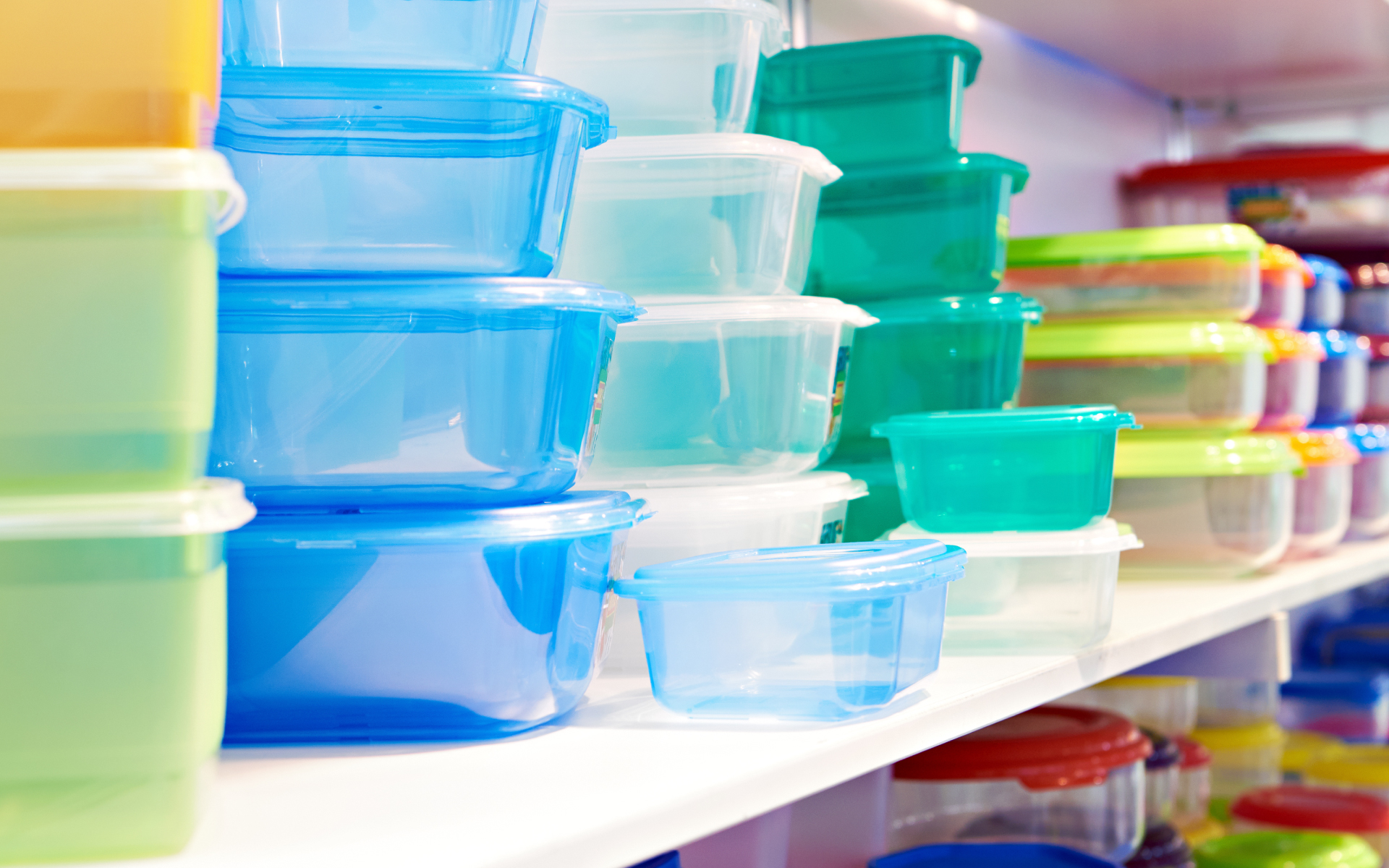Phthalates are synthetic chemicals, a type of “endocrine disrupting chemicals”, used to make plastics flexible and to make products smell good. They are also found in materials such as food packaging, flooring, and medical devices, Cosmetic products have been using dibutylphthalate (DBP), in products such as nail polishes (to reduce cracking by making them less brittle); dimethylphthalate (DMP), used in hair sprays. Unfortunately, we are also exposed through food sources.
One easy way to recognise plastic toys, clothing, bottles, food and beverage storage containers, and/or food wrap that may contain phthalate compounds is to look for the number 3 inside the universal recycling symbol usually molded into the plastic on the bottom of the product.
Fatty foods such as milk, butter, and meats are a major source. Studies show that exposure to phthalates is greater from ingestion of certain foods, rather than exposure via water bottles, as is most often first thought of with plastic chemicals.
The plastic compounds are stored in fat, therefore it makes sense that foods with higher fat content are richer in phthalates.
Studies reported these chemicals may harm children’s developing brains, leading to difficulty with learning, as well as to attention and behavioral disorders. Phthalates have also been linked to changes in hormone levels, reproductive and developmental toxicity, reduced sperm count and motility, birth defects in the male reproductive system, obesity, diabetes and thyroid irregularities.
They are linked to mental health problems in children, including anxiety and depression, while exposure during pregnancy is associated with autism and developmental delay. (Kim, 2021)
Phthalate exposure may interfere with androgens through the androgen signalling pathway, preventing brain masculinisation, and result in a more feminised version of the brain. (Kim, 2021)
The good news is that phthalates have a short half life, and as long as our detoxification pathways are working correctly, we are able to breakdown and remove phthalates from our body in urine, stool and sweat within 24 hours of exposure (Anderson, 2001). The same principles apply with BPA and food support.
However, if consuming on a daily basis, they can exert their endocrine disrupting effects continuously.
SIMPLE TIPS:
- Avoid plastic wrap and plastic food containers made from PVC, which carries the recycling label #3. Choose glass or stainless-steel food containers instead.
- Avoid reheating food or beverages in plastic containers. If a plastic container contains phthalates, heating increases their release into the food.
- Skip fast food. People who ate more fast food were measured with higher phthalate exposures, possibly because of the extensive use of plastics to produce and serve these foods.
- Use toxic free cosmetics and hygiene products!
